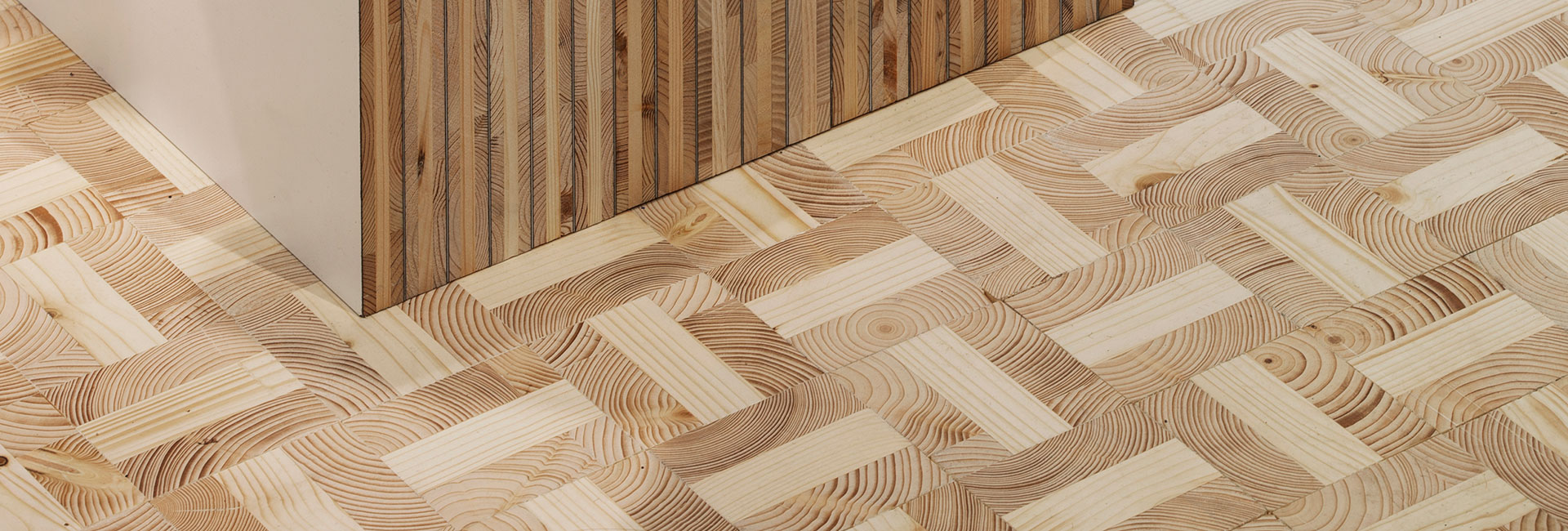
White Arkitekter
How can we change a mindset that should have been overturned many years ago, without knowing whether it might be too late? How do we alleviate the concern and sense of hopelessness that constantly remind us that we need to do more? More for the climate and more for a better, sustainable way of life. Can we really get everyone on board for the sustainability journey? These were our questions when we met Andreas Sture and Henrik Lindholm of White Arkitekter, and we definitely left with the hope of a brighter future.
We met Andreas and Henrik at White Arkitekter’s head office in Gothenburg. Once inside this impressive building, we enter a bare, minimalistic office with plenty of natural light and high ceilings, in harmony with the sustainability philosophy to collect fewer belongings. The entire head office is dedicated to sustainability. Henrik describes their internal initiatives and how they’re a shared responsibility. ”It’s almost a full-time occupation,” as he puts it. This really pinpoints the extent of White Arkitekter’s work to create a more sustainable society. To achieve this, the firm’s ambition is for all of their projects to be climate-positive by 2030. This may seem like a very ambitious goal, but based on an awareness of what they’re doing, and how far they’ve come, they’re convinced they’ll succeed.
So how will they achieve this transition? Henrik and Andreas describe how living more sustainably on an individual basis does not always require major changes. ”It’s important to be curious and well-informed, and to make deliberate choices based on what can actually make the greatest difference,” Andreas explains. As individuals, we need to focus on the right things. We also rely on society and the business community to support these choices. ”If we want people to consume more sustainably, information must also be available to them,” Henrik says.
This emphasises the importance of disseminating this knowledge. White Arkitekter run their own research foundation, to give inspiration for development and the transition to a more sustainable society. ”It’s important to offer teaching and lectures in order to swing opinion towards sustainable thinking,” Andreas explains.
They also provide inspiration at different locations, and Henrik cites one specific project: Houdini Sportswear, for which White Arkitekter among other things recommended a special floor for one of Houdini’s stores. The good news is that Houdini decided to go with the new floor concept. Henrik’s example shows that we can have an impact on the transition to a more sustainable society.

What’s stopping us from acting faster?
There’s plenty of evidence that we need to change course, if future generations are to live good lives. But what if the future is right now? Andreas and Henrik discuss how society may look in the near future. ”We’ll live closer to each other, with greater awareness of ecosystems, and with better mobility in towns and cities.” Henrik paints a picture of how nature will be a major asset, even in towns and cities, in close proximity to green public spaces. This may be an opportunity for the construction industry to build ecosystems and nature areas, instead of concrete buildings, as an opening for innovation and smart solutions.
But if your main focus is to produce sustainably, which requires energy optimisation, circularity or recycling, how do you avoid becoming a bit boring? Maybe this is precisely when you can be more creative and innovative, and go a bit wild? ”This is a recurring discussion. How do you avoid being boring, too grey?” Andreas says. The two men bounce ideas back and forth and agree that by working actively with innovation, and avoiding reliance on trends that soon become outdated, while instead working with your own expression and identity, you will probably succeed. For them, the challenge lies in identifying which characteristics make products durable, and how these can be transferred to the company’s own products. ”But this is a balancing act, and sometimes the strangest products stay the course,” laughs Andreas.
To conclude a great discussion, I really have just one question left: the sustainability journey. How do we get everyone onboard? ”It’s a mindset, an attitude in society that needs to be changed,” says Andreas.
We also discuss how the biggest changes occur when they are unavoidable, as is highly evident today, and how global conditions affect how we act. To pursue the sustainability issue all the way, personal conviction is necessary. This may be why the sustainability issue often seems a bit too serious, and as individuals we may experience a sense of loss and despair. Henrik believes these feelings can arise when we do not have all the facts. Too little is said about the benefits of living more sustainably, and this is why we may feel we have lost something. ”Many people think they have to do everything perfectly from the outset, but that’s not how it works. The important aspect is to take small steps in the right direction,” Henrik explains. This is the most important takeaway from White Architects.

three fast ones
1. What are your best interior design tips?
Work with different sources of lighting in each room.
2. You have surprise visitors, so what do you hide away?
Definitely my laundry.
3. What do you do to be sustainable in your everyday life?
I’m vegan, doesn’t fly and buying second hand. Consume less.
